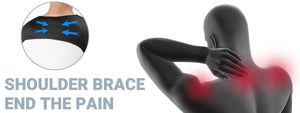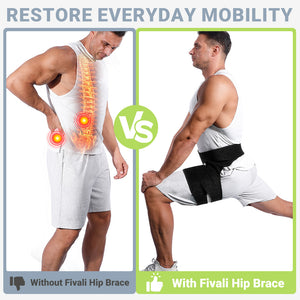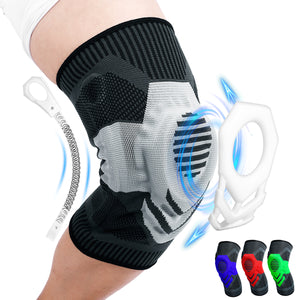Wrist Sprain: What is It and Can Wrist Sprain Braces Work?
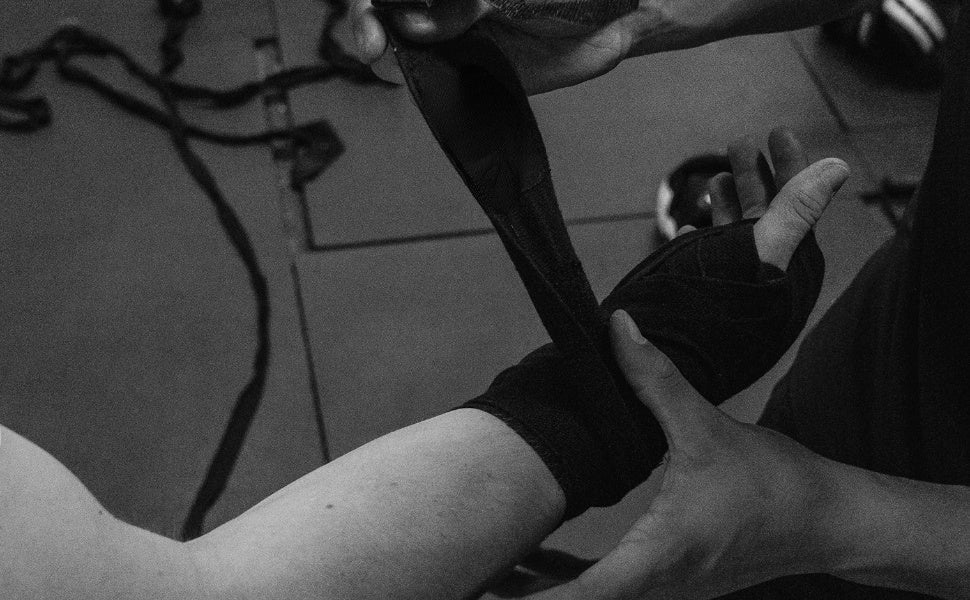
Wrist sprains occur when a force or impact causes the ligaments around the wrist joint to overstretch or tear. The sudden force causes the ligaments to stretch beyond normal limits of motion. While sprains vary in severity, they result in painful swelling and a lack of movement. As a common injury that occurs frequently in many different sports, what methods, such as wrist sprain braces, can assist?

Causes of Wrist Sprains
Twenty ligaments in the wrist support the eight wrist bones. These ligaments and cartilage enable movement and prevent the bones from rubbing against each other. A wrist sprain occurs when the wrist ligaments are stretched enough to become damaged, whether by twisting, bending, or impact. Some common causes of wrist sprains include:
- Falls, especially when instinctively catching yourself on an outstretched hand. Falls are one of the leading causes of wrist sprains overall.
- Contact or collision sports where the wrist bears the impact force, such as basketball, baseball, gymnastics, or skiing. Skiers are especially at risk of a wrist sprain if they catch a fall while holding ski poles.
- Being hit directly on the wrist, whether by falling on an object or in sports like skateboarding or inline skating where others may make contact.
- Forcefully twisting the wrist beyond its normal range of motion, often due to certain hobbies or jobs that involve repetitive forceful motions.
- Exerting a lot of pressure on the wrist at an unnatural angle, as can happen when misusing tools or equipment.
- Rarely, underlying conditions like infections, arthritis, or certain autoimmune diseases can gradually degrade the wrist ligaments over time and increase sprain risk with less force.
Wrist Sprain Symptoms
The severity of wrist sprain symptoms varies. It depends on the grades of the sprains. There are three:
- Grade I(Mild): A minor sprain with slight pain and minimal ligament stretching.
- Grade II(Moderate): Sprains show more significant signs as the ligaments are partially torn, leading to increased pain, looseness in the joint, and some loss of normal wrist function.
- Grade III(Severe): Sprains are the most severe. They result in completely torn ligaments, demonstrated by intense pain, severe looseness of the wrist joint, and major functional impairment.
Unless the injury is minor, seeking medical professionals and performing relevant tests, such as X-ray, MRI, Arthrogram, and Arthroscopy, is essential after incidents. See if you experience any of the following symptoms:
- Sharp Pain: Sharp, aching pain that feels worse with any wrist flexion, extension, or rotation due to overstrained ligaments and soft tissues.
- Puffiness and Edema: Visible puffiness and edema around the wrist joint as fluid rushes into injured areas, often feeling warm to the touch.
- Bruising or Discoloration: Potential skin discoloration from red to dark purple bruising underneath the surface from hemorrhaging caused by the injury.
- Sensitive and Discomfort: Exquisite sensitivity and discomfort elicited by light palpation or pressure applied over the swollen ligaments.
- Loss of Motion: Restricted active and passive wrist motions such as bending back and forth due to pain-guarding from damaged structures.
- A Popping or Tearing: An audible pop or crack heard immediately when the wrist is hyperextended or twisted beyond its limits, tearing fibers.
- Weakness: Weakness in gripping objects, turning a doorknob or writing due to micromotions requiring the involvement of small wrist flexors/extensors.
Wrist Sprain Treatment
While rest and proper treatment are key after an injury occurs, extra protection can also prevent future wrist sprains. Fivali wrist sprain braces are designed to stabilize the joint and absorb impact to help avoid re-injury.
When treating an actual wrist sprain, it is always best to seek prompt medical evaluation from your doctor. Only a professional can accurately diagnose the injury and grade its severity. They may also rule out additional complications requiring different care. For minor sprains, the RICE and specific other wrist sprain treatment methods provide relief:
1. RICE Method
Given a minor sprain diagnosis, the standard first treatment involves the RICE method:
- Rest: Rest the wrist fully to allow ligaments time to mend without further irritation.
- Ice: Regularly ice for 15-20 minutes to curb pain and reduce inflammation.
- Compression: Apply an elastic bandage or the best wrist brace for sprain to promote proper joint alignment and cut swelling. Be careful not to tie it too tightly.
- Elevation: Elevation keeps fluid from pooling in the wrist. Elevate your wrist and arm above heart level as often as possible, whether in bed or while relaxing with the limb propped on a stack of pillows. Also, wearing wrist sprain braces will help better elevation and relief.
2. Take Anti-Inflammatory Painkillers
In addition to wearing a wrist support brace for sprain, commonly used over-the-counter options can provide relief. Available at your local pharmacy or drug store, these painkillers include Non-steroidal anti-inflammatory drugs (NSAIDs) like Advil or Motrin. These work to reduce swelling and discomfort caused by inflammation at the sprained site. For more stubborn lingering aches, your doctor may prescribe a short course of stronger prescription-grade anti-inflammatories known to be highly effective against orthopedic pain. As with any medication, only take as directed by your healthcare provider. Don’t exceed the recommended daily limits.
3. Stretching and Strengthening Exercise
As the swelling decreases and pain tolerance improves over subsequent days/weeks, it is important to start a structured program of gentle range-of-motion movements, low-load isometric contractions, and wrist sprain exercises guided by a licensed physical or occupational therapist. Working these small muscles in a systematic rehab plan is key to regaining full functionality of the wrist without exacerbating the injury in the early fragile stages of healing. Consider wearing wrist sprain braces if there is a genuine concern about suffering secondary injuries during rehab.
4. Surgery
In the rare event that diagnostic imaging reveals entirely detached ligaments requiring reattachment through surgical sewing or the presence of fractured/displaced bones, surgery may be needed after a discussion weighing the benefits versus risks. A postoperative cast or splint would then be employed long enough for tissues to adequately re-grow under immobilization.
Can I Still Exercise with a Mild Wrist Sprain?
While it is important to rest a sprained wrist initially, once the swelling goes down, you can begin carefully increasing the use of the wrist again under medical guidance. A well-designed wrist sprain brace can provide extra support and stability during light exercise or sports to prevent re-injury as the ligaments heal. Products other than wrist brace for broken wrists that can offer support and comfort include thumb spica splints, wrist compression sleeves, wrist wraps, and wrist guards. Always listen to your body, and don’t push through pain.
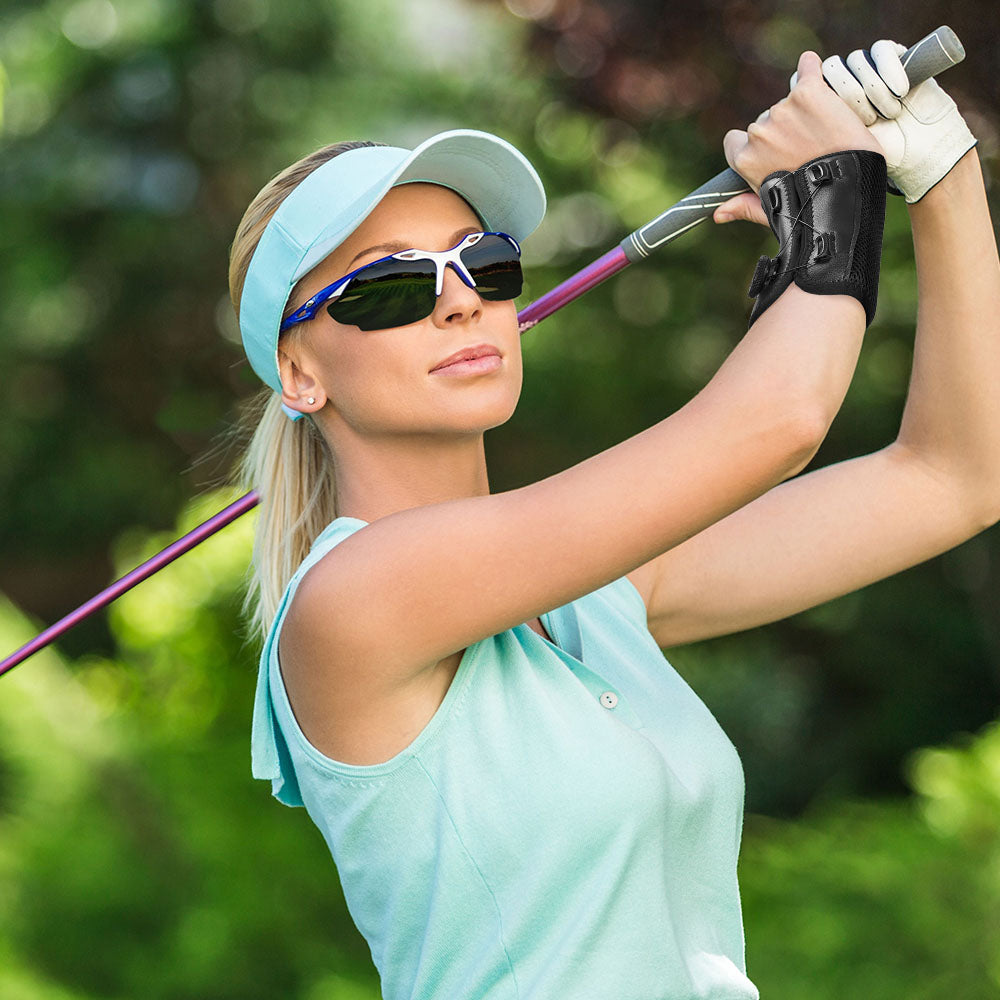
How to Prevent a Sprained Wrist?
Wrist sprains typically result from accidental falls or impacts, so complete prevention is difficult. However, these tips can help reduce risks:
- Gradually increase muscle temperature and elasticity through low-impact movements before rigorous exertion or strenuous physical jobs. This can enhance mobility to avoid injury-causing positions.
- Engage in gentle wrist motions with or without lightweight assistance to incrementally build the strength and endurance of underlying support structures over time.
- Use protective equipment such as Fivali’s sprained wrist brace or sleeve tailored specifically for your wrist anatomy during activities like racket sports or skateboarding that carry higher collision chances.
- Walk cautiously on unstable flooring that could lead to slips, especially when hands may automatically reach out to break a fall.
- Learn how to dive or roll into a fall and relax the arms so wrists don’t crash down with full body weight if losing balance, preventing risky backward bending moments. Fivali protective measure products like the wrist sprain brace are an intelligent complement to safe falling techniques.
References:
-
Posted in
Back pain solutions, Healthy Lifestyle, Recovery











